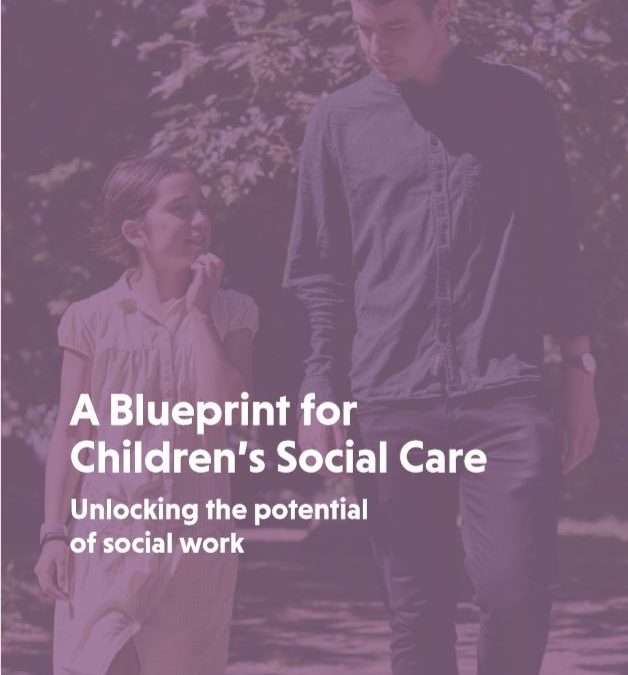Since we began supporting Buurtzorg-inspired change in British health and adult social care four years ago, many children’s social workers and managers have urged us to apply the same knowledge and experience to their sector.
As a small social enterprise with no core funding – every penny we spend (apart from my own initial investment in the work) is earned from the fees we charge for our services – we had insufficient capacity to do much about it. Last year, however, a new opportunity came our way when the Frontline charity asked us to arrange for Buurtzorg founder Jos de Blok to present a leadership seminar for its growing number of alumni.
We agreed, and Frontline also organised a small roundtable with system leaders, including England’s chief social worker Isabelle Trowler, so that we could explore the appetite for supporting Buurtzorg-inspired change. Those events took place last April, and stimulated sufficient interest that Frontline commissioned us to organise a study visit to the Netherlands for some of those leaders and its Fellows, which happened in July. The participants were inspired by the visit, and Frontline then commissioned what was published in November as a ‘blueprint’ for the future of children’s social care, and contributed towards the cost of our modest inputs to it.
Most of the research for that document was done by Boston Consulting Group (BCG) and its Centre for Public Impact (CPI), who consulted many social workers and managers in producing a potentially useful guide to how local authorities could redesign their organisations to support more professional freedom and responsibility.
The ‘blueprint’ has stimulated considerable interest from social workers and some of their employers, and I have no regrets about our involvement in it. But with its emphasis on organisational restructuring I worry some might start in the wrong place.
The question is: how can this valuable work best contribute to the project’s underlying purpose of improving public support for vulnerable young people and their families within a legal framework of children’s rights? My view is that any organisation sharing that aim must itself start explicitly from that purpose, and explore its meaning with its staff and the people they support, rather than with a predetermined picture of organisational design.
Indeed, already overworked and under-supported social workers might otherwise experience this as yet another imposed reorganisation rather than an opportunity to work more collaboratively with their clients to co-create solutions. For that reason – and although the design recommended in the document to which we were glad to attach our name may be a useful guide for local authorities — I have reservations about the term ‘blueprint’.
Perhaps I should have contested that term more vigorously before publication, but in any collaboration there has to be some give and take, and that was the spirit with which all the organisations and individuals involved worked to produce something that has real potential value.
How can that value be realised? My answer is that if local authority leaders truly want to learn from Buurtzorg and absorb the lessons of its outstanding success, there is no short cut to doing what Buurtzorg’s founders themselves did. Don’t start with organisational restructuring. Start from the needs and perspectives of the children and families you are there to support, and create with your social workers an enabling and supportive environment to allow them to do the same.
Having learnt much from helping NHS and local government organisations all over Britain to enable their professionals to improve person-centred care by working in self-managed teams, we will be glad to support your efforts. Just give us a shout.

